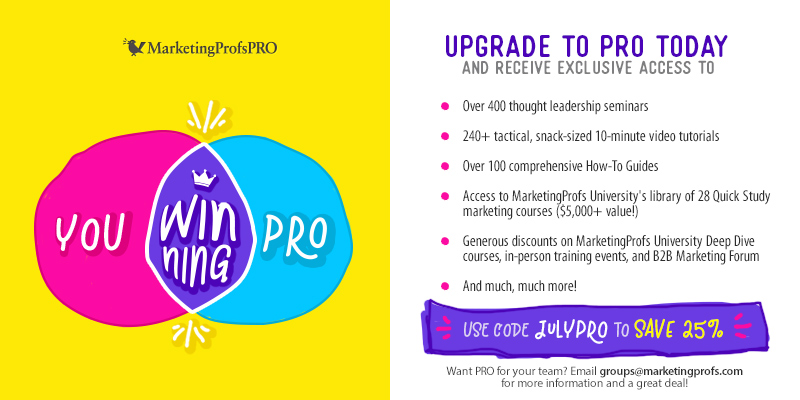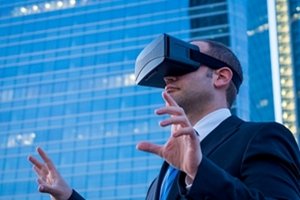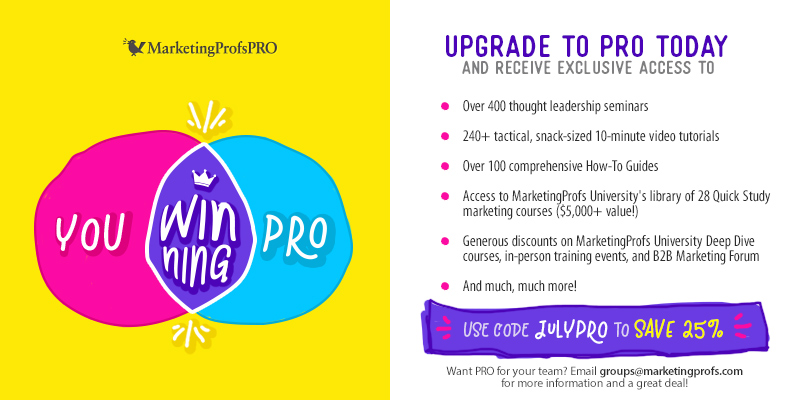Why Most Marketers Should Care About Virtual and Augmented Reality. For many, virtual reality still feels like an out-of-reach experience. Here are some examples of available VR and augmented reality (AR) technology: Headset VR. Lo-fi VR. An example of this type of experience is Google Cardboard and other headsets that use a smartphone as part of the system. AR. The Microsoft HoloLens is perhaps one of the most well-known AR products, but it is still currently only available to the developer community. In a recent survey, Greenlight VR found that 71% of consumers say brands that have created VR experiences seem "forward-thinking and modern." Is VR right for you? Here are a few questions posed in a recent Think With Google, What Virtual Reality Will Mean for Advertising, that can help you determine whether your organization is the right fit for VR: Will VR give viewers an experience that they otherwise couldn't have?


For many, virtual reality still feels like an out-of-reach experience. Only 8% of the US population has tried immersive VR. Throw in concerns about how your body would react to prolonged use, the considerable expense involved in both creating and viewing VR content, and the lack of tangible metrics, and it’s easy to see why many marketers are wary of VR marketing.
But what is virtual reality exactly? A report by Forrester Research found that 42% of US online adults have never heard about VR headsets.
Here are some examples of available VR and augmented reality (AR) technology:
- Headset VR. This experience typically involves a headset, sensors, and a VR-enabled PC. Though it is the most immersive, it is also the most expensive, making widespread adoption challenging. Some examples are the HTC Vive and Oculus Rift.
- Lo-fi VR. An example of this type of experience is Google Cardboard and other headsets that use a smartphone as part of the system. One application commonly used with this tech is 360-degree video, which allows users to look around from various perspectives within a video. There is a good deal of debate around whether 360 videos should be considered VR at all, but for most consumers it is their first VR-like experience.
- AR. Though it’s not technically virtual reality, you can think of it as a sibling of sorts. Whereas virtual reality offers a digital recreation of a real-life setting, AR delivers virtual elements as an overlay to the real world. As in VR, there are varying levels of expense and immersion. The Microsoft HoloLens is perhaps one of the most well-known AR products, but it is still currently only available to the developer community.
The popular Pokémon Go game showed that AR doesn’t have to be tied to a headset experience; it can in fact be tied to your mobile device. Another smartphone app, Augment, is banking on AR’s driving sales by allowing users to see the item they are considering purchasing in the actual space in their home where it might live.
Other areas being explored include education, training, and product development. Imagine a car designer being able to manipulate and refine 3D parts in an immersive way. This approach could save millions of dollars in design and development across a myriad of business…

COMMENTS